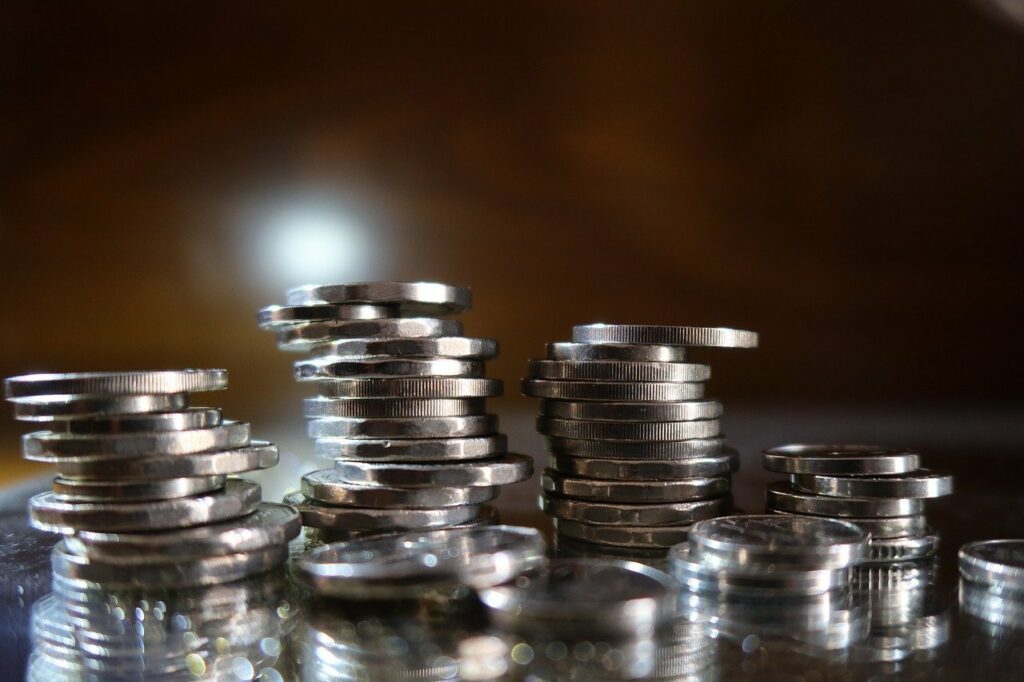With a $16 billion investment proposal, TotalEnergies has entered Chile’s hydrogen race with one of the largest green ammonia projects currently under environmental review in Latin America.
The French energy major’s subsidiary, TEC H2 MAG, filed for environmental approval of a project that would integrate large-scale wind power, seven hydrogen electrolysis centers, a desalination plant, and ammonia production infrastructure—all aimed at commencing operations by 2030.
Chile’s Magallanes region, where the TotalEnergies project is planned, offers some of the world’s strongest and most consistent wind resources. Studies from the Global Wind Atlas show average wind speeds exceeding 9 m/s in parts of southern Chile, creating favorable conditions for large-scale green hydrogen via wind-powered electrolysis. This has attracted a slate of proposed mega-projects, including initiatives by HIF Global, Enel Green Power, and now TotalEnergies.
However, while Chile’s National Green Hydrogen Strategy set ambitious goals in 2020—aiming to produce the world’s cheapest green hydrogen by 2030 and to rank among the top three exporters by 2040—execution has been slower than expected. According to a 2024 study by the International Renewable Energy Agency (IRENA), permitting times and lack of port, grid, and water infrastructure have emerged as primary constraints, with only a handful of pilot-scale projects achieving tangible progress.
The TotalEnergies proposal reflects both the promise and difficulty of scaling hydrogen in this context. The project would include a desalination plant to meet water demands for electrolysis—critical in a region without reliable freshwater supplies. It also involves new maritime infrastructure to export ammonia, a hydrogen derivative that remains more cost-effective to ship due to its higher energy density and existing global trade networks. Ammonia production is expected to reach 10,800 metric tons per day once fully operational, positioning the project among the largest green ammonia initiatives globally if realized.
While the plan includes seven electrolysis centers, no specific electrolyzer technology or capacity was detailed in the initial filing. This raises questions about the timeline’s feasibility, particularly given ongoing bottlenecks in global electrolyzer manufacturing. According to BloombergNEF’s 2025 outlook, global electrolyzer supply remains constrained, with capacity expansions highly concentrated in China and the EU, and delivery lead times for multi-GW systems stretching up to 24 months.
Moreover, while green ammonia is increasingly seen as a preferred hydrogen carrier for long-distance trade, the economics of production remain marginal. As of early 2025, green ammonia production costs are still 2–3 times higher than those of fossil-based ammonia with carbon capture, based on International Energy Agency (IEA) cost ranges. To be competitive by 2030, projects like TotalEnergies’ will likely rely on export-linked offtake agreements or subsidy frameworks—neither of which has been publicly confirmed.
With construction not expected before 2027, the real test will be whether Chile can deliver not just policy ambition but the operational clarity and infrastructure investment necessary to meet its hydrogen export goals.
Stay updated on the latest in energy! Follow us on LinkedIn, Facebook, and X for real-time news and insights. Don’t miss out on exclusive interviews and webinars—subscribe to our YouTube channel today! Join our community and be part of the conversation shaping the future of energy.
